A Guide to Naoshima and the Art Islands
Regrettably, it seems the only time I pick up a book lately (read: the last 10 years) is when I’m travelling. Polly Barton’s ‘Fifty Sounds’ seemed like a perfect fit when I ran into Paperback Books the night before we flew out, searching for something remotely relevant to Japan. The book details the author’s revolutionary act of learning, speaking and living in another language; a full emersion in Japan. An obsession.
Interwoven with first-person narrative throughout, she defines various uniquely Japanese words, explaining how or why she learned these linguistic idioms. One of these words is ‘nobi-nobi’, which means ‘the sound of space’. Her explanation starts as folllows:
‘Even fourteen years later, thinking back to that first year I can remember how the freedom felt: the looseness in my limbs, the singing in my chest. When I make to describe it, I want to reach for elements of the island’s landscape — the sea air, the wide open roads, the endless coastline, the huge blue of the sky — and in fact, I’m certain that physical spaciousness did contribute a lot to the ensemble I had of being able to slip off the edge of artifice and fall straight into eternity, but that wasn’t all it was. It was also freedom from the known’ (p. 75)
The art islands — Naoshima, Teshima and Inujima — are a truly inspiring place to visit. There are no other places like it. The high quality and immersive art is found within some of the world’s most interesting architecture, designed by Tadao Ando and Ryue Nishizawa. These physical experiences invite curiousity and introspection, as much as an eagerness to explore what’s around the next corner. Maintaining a smalltown village feel, a few days on the Art Islands is a perfect opportunity to centre yourself away from the hustle and bustle of other parts of Japan. To slip off the edge and find freedom from the known, even if only for a moment.
But, the islands are also changing. An unrelenting influx of tourists, day by day, sees the islands swell during peak periods, beyond what their efficient but minimalist infrastructure can handle. There’s an irony underlying the idea that Benesse House was built to help prop up the islands and the remaining population, but now it risks overwhelming it. We grappled with this tension, unsure of whether we were part of the problem or solution (probably both).
All-in-all, we loved our time visiting Naoshima, Teshima and Inujima. The art galleries, buildings and exhibitions were thought-provoking, fun, and absolutely worthwhile. We would recommend going sooner rather than later, and a little bit of forward planning will help you make the most of your time and ensure you can find the introspection and fun you’re searching for. The following guide explains ‘how to’ approach Naoshima and surrounding islands, with a few tips and insights.
Words—Katherine and Tom
Photos—Tom (@thomasjpg)
#japan #travel #naoshima #teshima #inujima #setouchitriennale #tadaoando #benessehouse








Main insights
Time needed: 1.5–3 full days (we recommend 3 days)
Our main observations were:
-
Avoid peak periods — you need to be mindful of when you’re visiting and whether it’ll be busy. We spent 3 nights on Naoshima, but visited over a weekend, during school holidays (in Australia, over Easter), also during the Setouchi Triennale. So, it was busy. The islands and surrounds continue to grow in popularity, placing pressure on an otherwise sleepy island that doesn’t quite have the infrastructure to accommodate the high tide of tourists that visit the island on a day trip. This was Tom’s third time visiting the island (first in 2015, second in 2018) and there were noticeable differences — tour groups, crowds, lines, booked out galleries. That being said, our AirBnB hosts explained that outside of the Triennale and peak season, Naoshima is a still sleepy litte island.
- The island/s are changing — unsurprisingly, it feels like the art islands are changing. The contrast between Perma and Chikurin highlights this. Opening in April 2024, Perma is the latest addition to the island’s food offerings. A seat needs to be reserved a few weeks in advance and will cost around $100aud each. At Chikurin, the izakaya only seats 8. There are no reservations, so arrive well before 6pm and wait, and, if you’re lucky, you’ll be eating, drinking (and possibly smoking – ‘タバコありますか’) alongside locals. The four of us ate and drank until we were full for the same price as one seat at Perma. Both restaurants had some of the most enjoyable meals we had in Japan, but show how things are changing.
- Plan — familiarise yourself with the main website (here) and note, the galleries (and thus, what feels like the whole island) are closed on specific days and sometimes for scheduled maintenance. In short, Naoshima is closed Mondays whereas Teshima and Inujima are closed on Tuesdays.
- Book ahead if possible — if you’re traveling during a busy period, you need to book your tickets for galleries at least two weeks in advance. When we first arrived at Naoshima Port, we overheard a woman, exasperated, exclaim ‘everything I’m here for is booked out’. That was almost our experience too. Booking about 10 days out, in a panic, we snapped up the last tickets available for the Hiroshi Sugimoto gallery and a few others. Note, bikes tend to go quickly too. You also need to line-up for ferries and, if you’re visiting Inujima, be sure to buy ferry tickets before doing anything else.


Naoshima
-
Accommodation — unless you’re visiting for only a day, try to stay on the island rather than Uno port. We stayed at Yado House, which we highly recommend. Hosted by Jen and Ono, this home is one of the few remaining AirBNBs that feels like a genuine experience. Jen and Ono bought and renovated the house themselves and make themselves available to ensure you feel at home. Practically, staying on the island means you can sidestep the rush of ferries and sorting out logistics for a few days too.
- Coffee — Mikazukishoten (although there are plenty of coffee spots on the island)
.
- Food — Chikurin (our favourite), Perma (a second favourite), Onigiri Omusubi (the best onigiri we had in Japan), Naoshima Noodles (a classic), 7-Eleven (lol, but see the notes on Teshima).


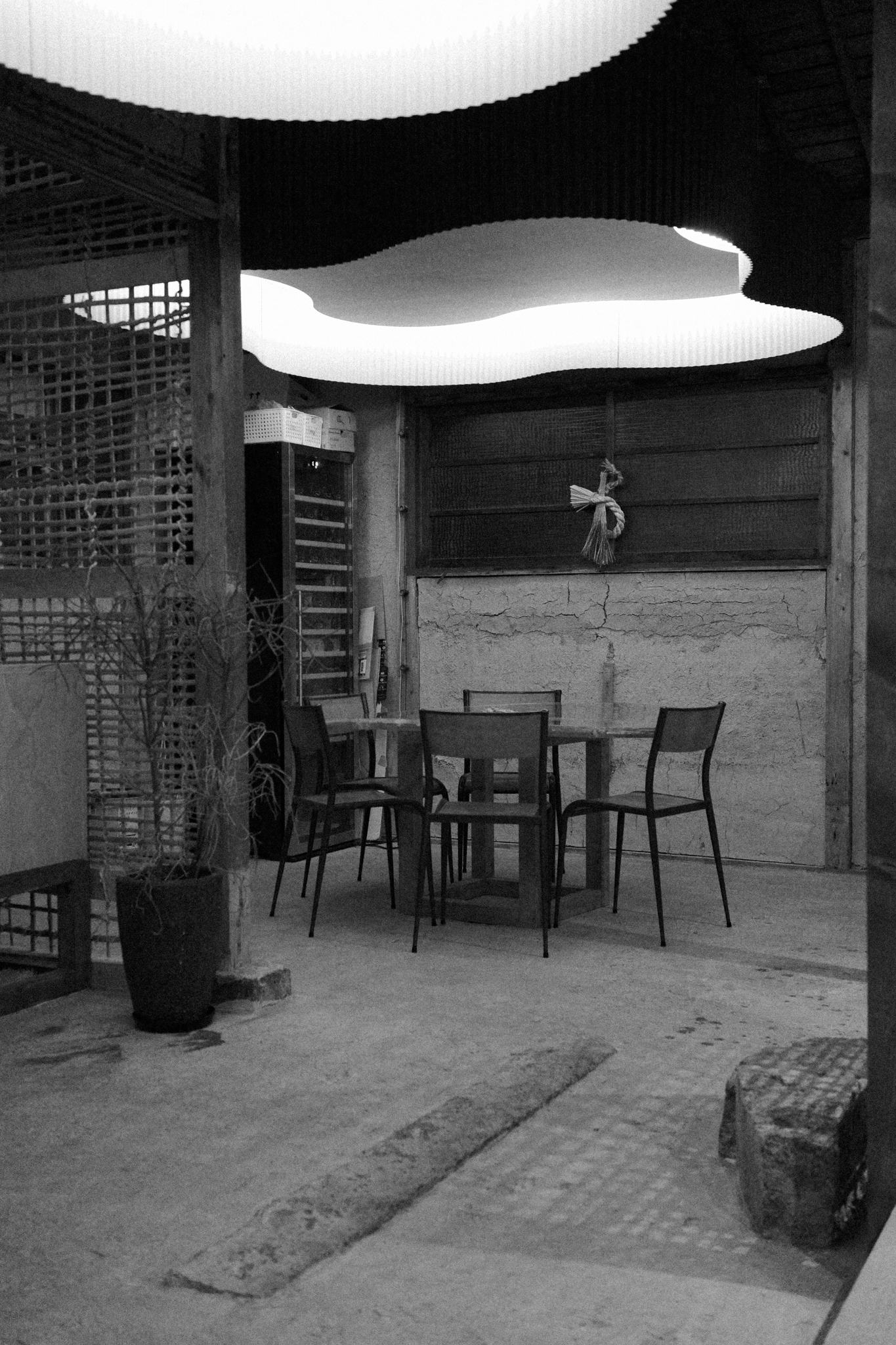







- Getting around — there’s the island bus or Benesse House gallery bus (see here for more information). At peak time, these busses are sometimes full. While you may need to walk as a last resort, when the Triennale was on, staff organised additional busses. It’s incredible fun to rent bikes and hoon around the island for a day. Ougiya Rent-a-Cycle (here) is the best rental. Try to reserve a bike before (they sell out early) and don’t forget your passport. Also, try and get an e-bike – the hills are surprisingly steep in spots, particularly if you approach gallery hopping going anti-clockwise (ie going to Chichu first from the port area).
- Shopping — isn’t really a thing on the island, but the Art Island Centre (run by Andrew, who was lovely) is a terrific small bookshop (here). The Honmura Lounge and Archive both offer books, trinkets, stationary and a few other things that might interest you.

Galleries: of course, there’s a lot to see on the island. It’s probably best approaching the island in two parts, ideally over two days:
-
Main port — the galleries closer to the main port, including Chichu, Lee Ufan, Benesse House (including the Valley Gallery), Hiroshi Sugimoto, and then
- Honmura (other side) — the sites on the other side of the island, including the Art House Projects and Naoshima Plan 2019 ‘The Water’.


A few additional fieldnotes include:
- Start early at Benesse — Benesse House opens at 8am. It is worth visiting for exploring Tadao Ando’s architectural masterpiece, yet alone the works inside. Go early and beat crowds that trickle in after arriving on the first ferry. It also doesn’t take a long as you might expect (1.5 hours is enough time to explore, including the outdoor sites and Kusama’s Pumpkin).


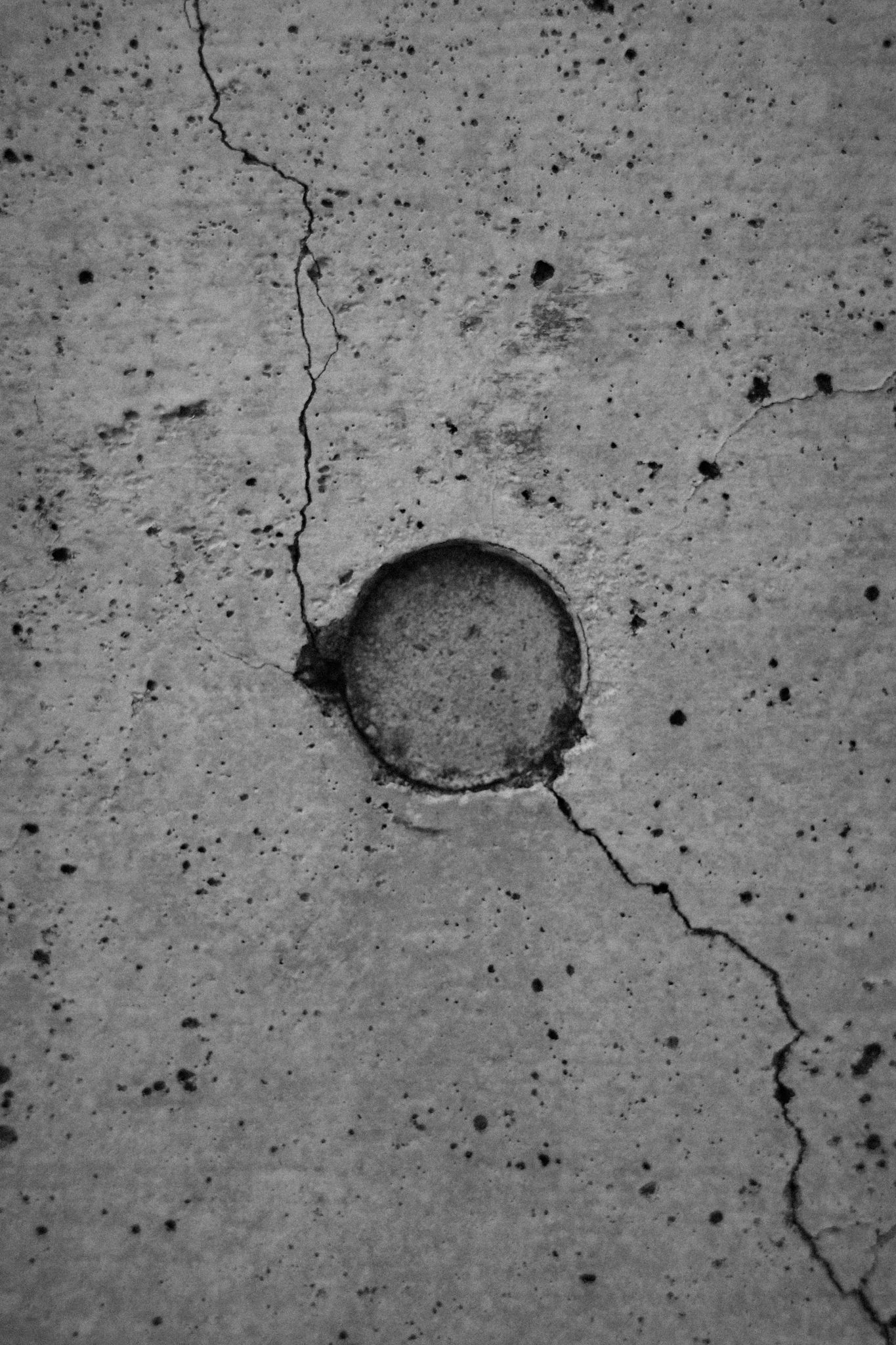





- Valley Gallery — was a standout. Combining Tadao Ando’s architecture with Kusama’s Narcissis Garden is an opportunity to have your cake and eat it too. The official guide explains:
Valley Gallery is composed of a small building resembling a shrine and the surrounding outdoor area. Built along the valley, which is considered a boundary or sanctuary, the double-walled interior space is introspective, it is open to the semi-outdoors, allowing visitors to directly feel the movement of natural energy, such as light and wind. The architecture and these works, which reflect the surrounding nature and local history, will resonate with each other and promote a renewed awareness of the richness of nature, symbiosis, and the fundamental spirit of prayer and rebirth.




- Hiroshi Sugimoto — the Hiroshi Sugimoto Gallery was also, for me, one of the most interesting (and favourite) installations I have ever seen (Tom). It represents Sugimoto’s ‘continuous pursuit to solve the question of time, and his longstanding relationship with Naoshima. [The installation is] intended so that visitors experience the changes in nature and the magnificent flow of time, pondering the history and the meaning of life’. Do go, but also be mindful you must buy a separate ticket (it isn’t included in the Benesse House ticket) and in-take times are deliberately quite limited.


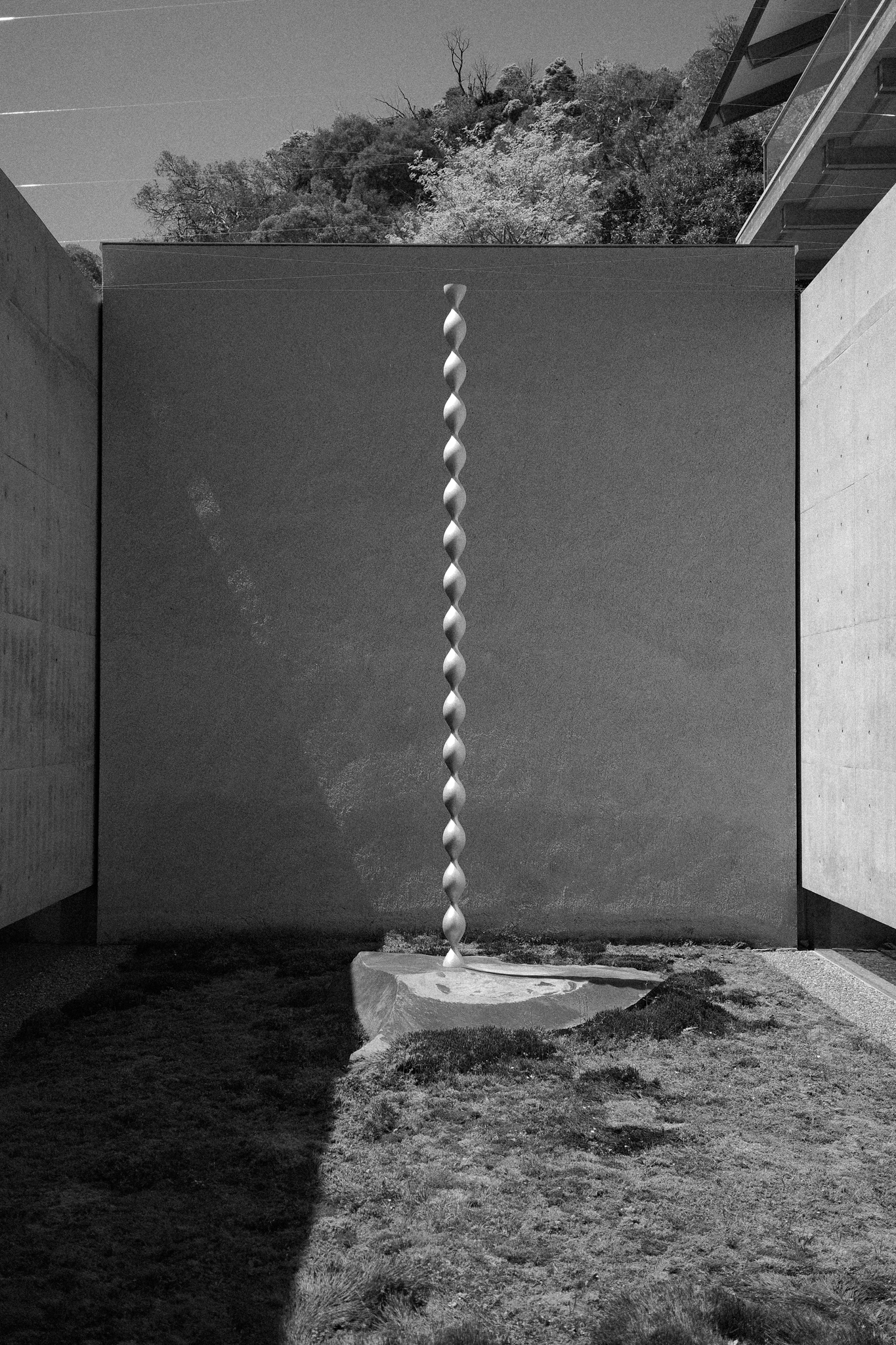

- Art House Projects — there are a few Art House Projects and they differ in terms of how interesting they are. The artwork in the Ishibashi site, by Senju Hiroshi, is one of the most memorable pieces of work I’ve seen (Tom). The Go’o Shrine and Minamidera sites are also good. Note, while it’s ostensibly one of the Art House Projects, the Minamidera site needs an additional ticket and reservation. Odd, perhaps misleading, but anyway, be sure to buy a separate ticket – it’s undoubtedly the most intense experience on the island.



Teshima
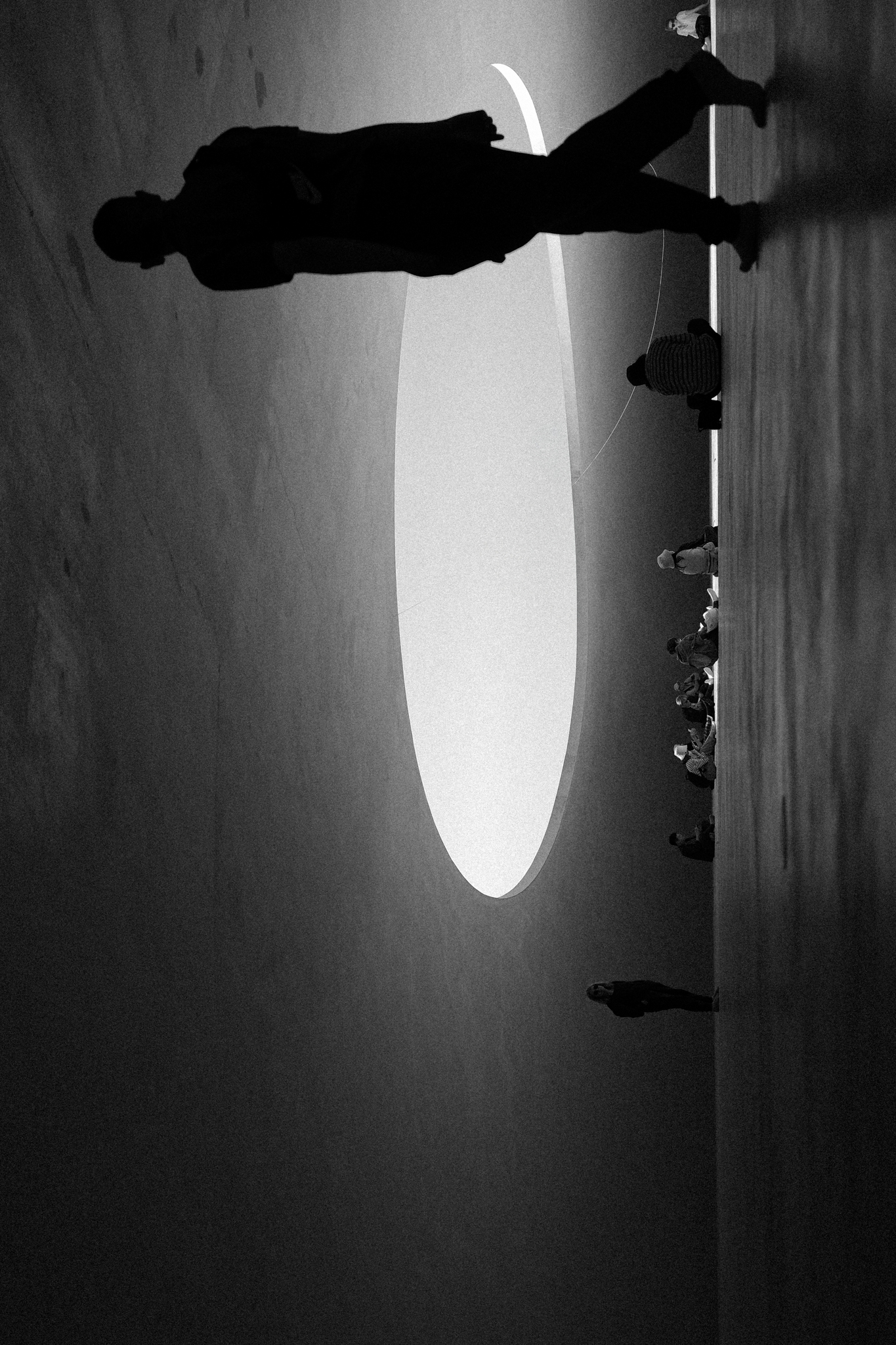
Time needed: half a day
Galleries:
-
Teshima Art Museum — really, this is the main reason why everyone visits. Understandably. There is no other gallery or space like it. Try to book an early time so there are less people in the gallery space when you visit. The café’s also a nice spot to sit down for a moment and collect your thoughts. .
- Multi-basket — it’s fun. For more information on this, see this article.
Fieldnotes: there were minimal food options on the island (most options, at least looking at Google Maps, were actually closed or didn’t exist). Stock up on snacks at the 7-Eleven on Naoshima before hopping over.




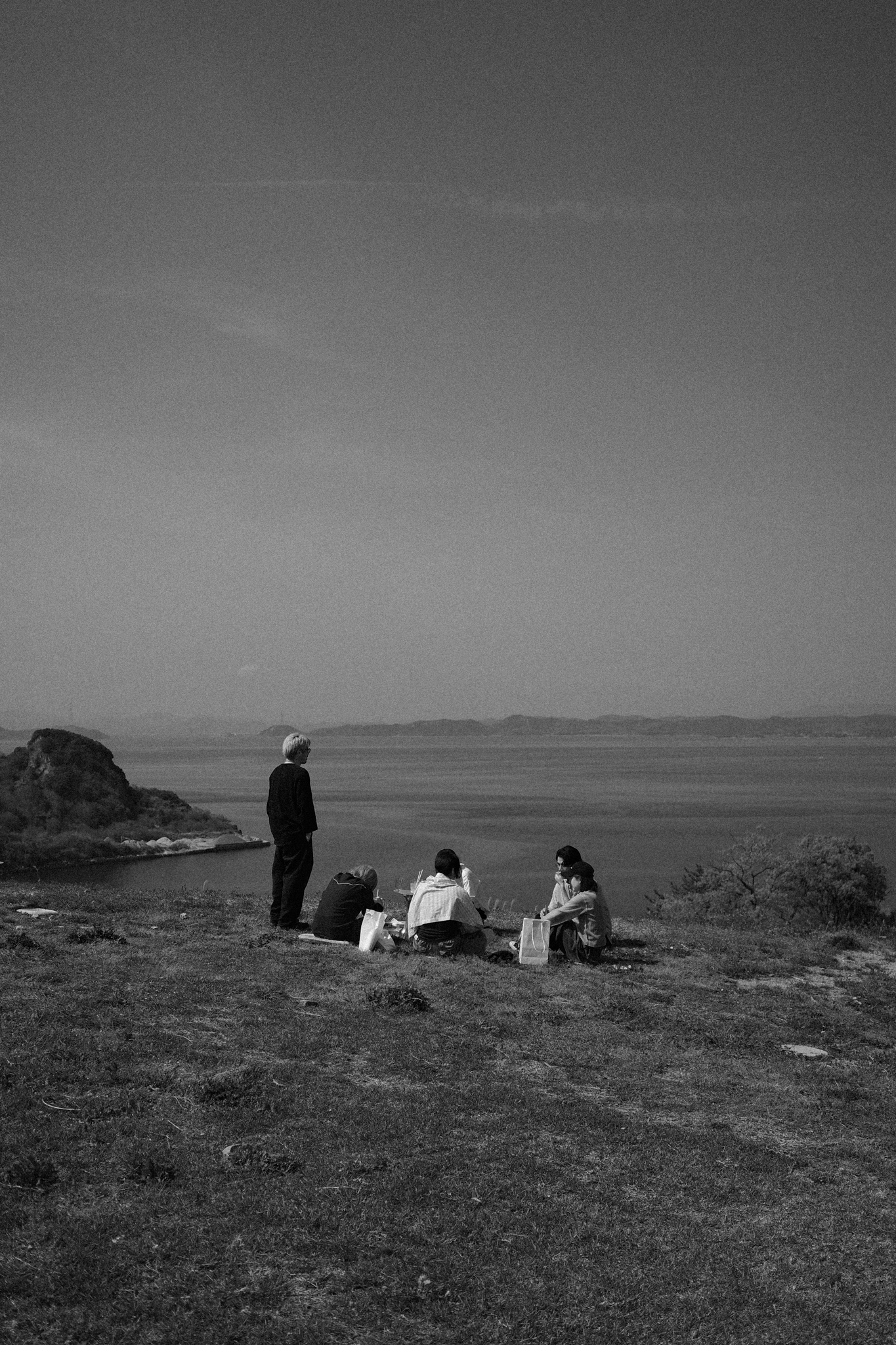



Inujima
Time needed: the island deserves a full day
The population of 1,500 that once inhabited Inujima during its industrial peak in the 1930s now dwindles around 50. As you explore, you wander past collapsing chimneys and abandoned refineries. The island’s principal architect, Hiroshi Sambuichi, used natural energy sources — such as chimneys, karma bricks and geothermal heat—which have begun to wear down and sink back into the earth. Yukinori Yanagi’s artwork, created in response to the architecture, eirily warns visitors about modernisation. You are left wondering, ‘what happened here?’




Galleries:
- Inujima Seirensho Art Museum — has some of the most involved art installations on offer, particularly once you’re underground.
- Inu Island Botanical Garden of Living — a small, sparse, but beautiful botannical garden and greenhouse.
- 光と内省のフラワーベンチ — a glass bench.
- Inujima Art House Project / F — like on Naoshima, there are a few Art House Projects to explore. This one was our favourite.
Fieldnotes:
-
Food — there’s not much food on the island. Uki Cafe was the only real option other than the cafe in the ticket building.
- Shota Terazono — the Ticket Centre sells pottery by Shota Terazono, whose rich, dark and tactile work illustrates the themes central to Inujima’s landscape.
- Accessibility — the island is not particularly accessible for those who are unsteady on their feet. In places, you’re walking on cobblestones in the dark or climbing uneven and steep stairs.







